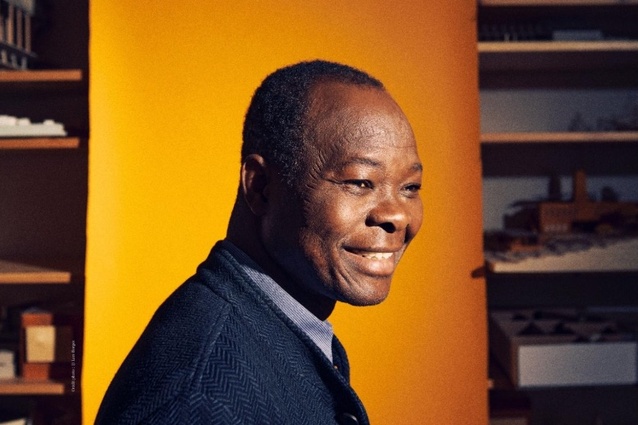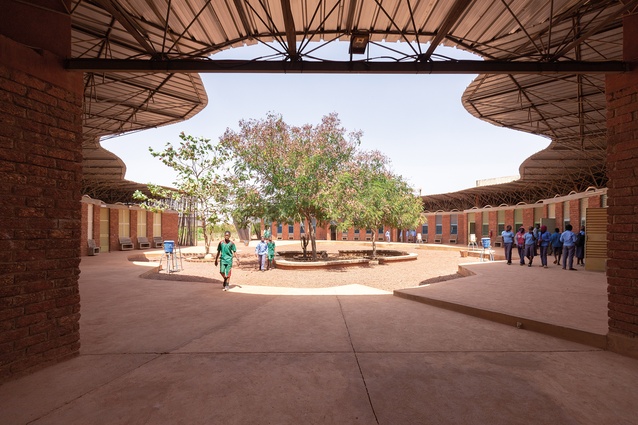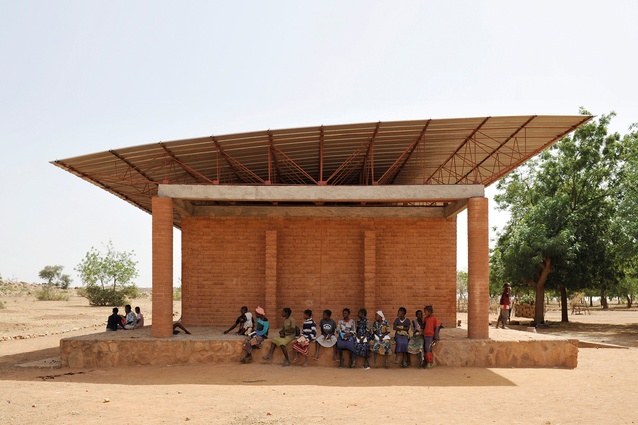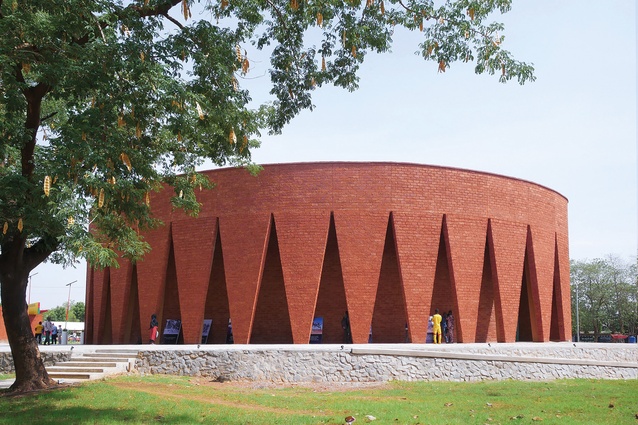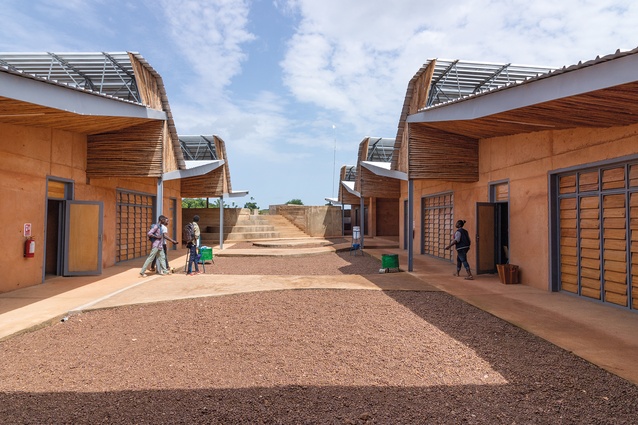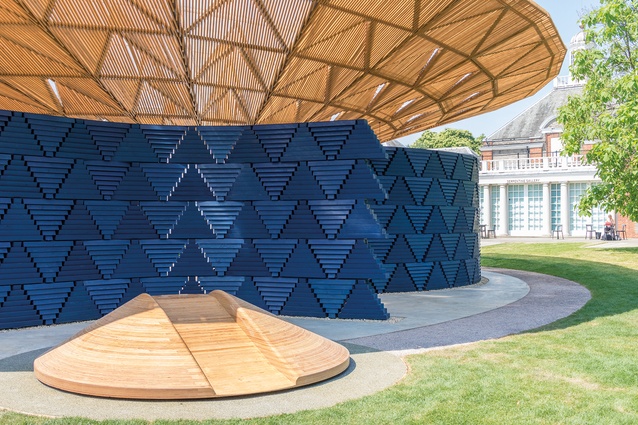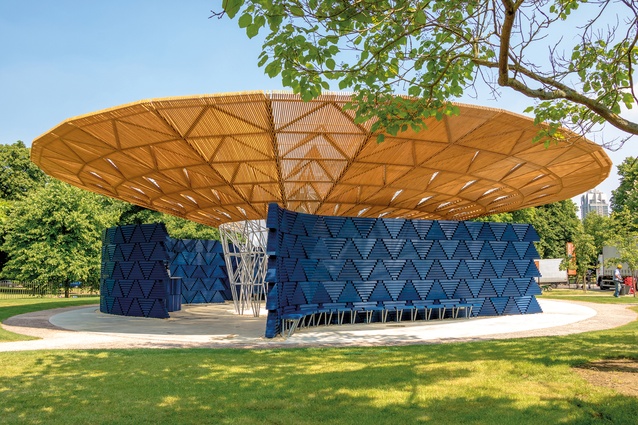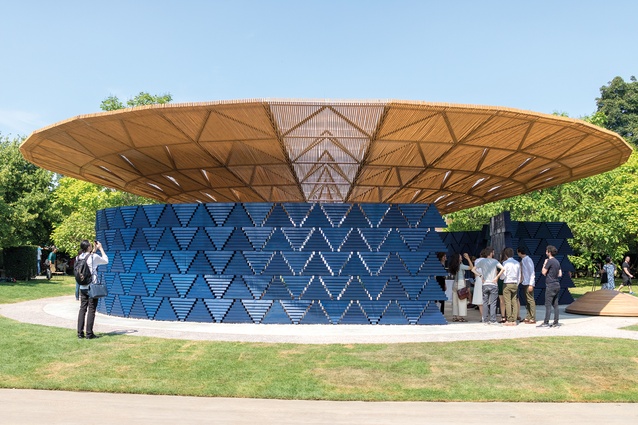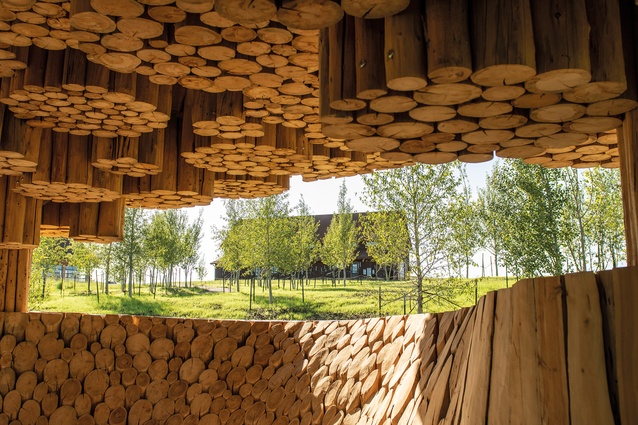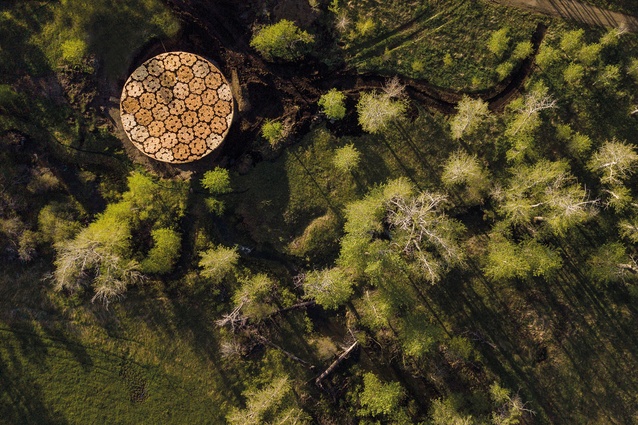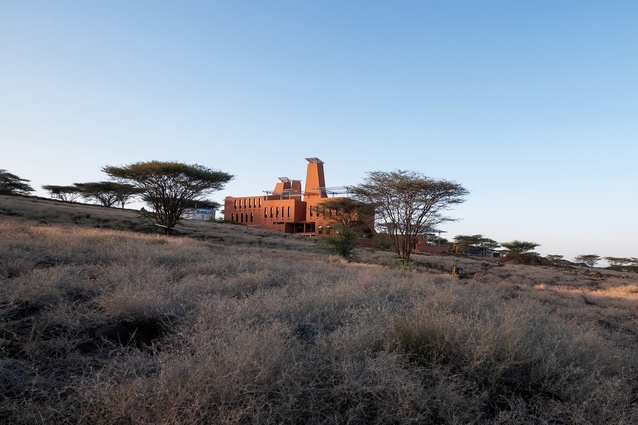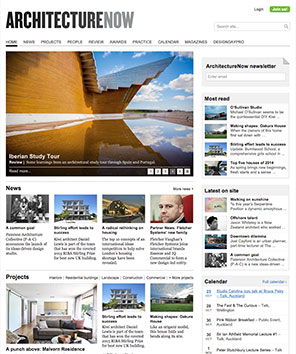From humble beginnings
Mark Leong reflects on Francis Kéré’s recent Futuna lecture series in Aotearoa and the ways in which simplicity, innovation and participation underpin his design philosophy
Pritzker prize-winning architect Francis Kéré gave a heart-warming and inspiring lecture at Wellington’s Old Saint Paul’s Cathedral on 16 September, telling his personal story of architecture in parallel with an unfolding process of local, national and regional development. The modest and warmly spoken Burkina Faso architect of highest merit visited us off the back of the Glenn Murcutt Symposium in Sydney, where he was awarded the first Murcutt Pin, marking the meeting of two exceptional figures in architecture.
Kéré’s talk elucidated a lifetime of architectural accomplishment, centred on people as the subject for betterment and uplift. He began by describing the African Savannah, where shading and ventilation of trees provide architectural qualities much sought after but often lacking. Upon leaving his home town, aged seven, to attend school because of limited local educational opportunities, Kéré faced dark, stuffy classrooms. It was here that he developed his interest, at first, in carpentry and then, eventually, this led to an international career in architecture, with these fundamental concerns of shade, light, air and betterment always in mind.
In his home village, Gando Primary School is a work of light, air, deceptive simplicity and participation. An early project for Kéré, it features local, common building practices, modernising them to produce an upright architecture that multiplies in social and economic returns. Initially, he recalls, there was resistance to using traditional clay. Locals favoured concrete, a material French colonists impressed as the benchmark of modernity at the expense of valuing traditional knowledge. But, through the addition of a small amount of cement, the clay was upgraded and, with the architectural and social success of the project, this local technique became a source of confidence. With innovations such as common rebar turned intricate structural lattice supporting a two-layered roof for shading and ventilation, the project also became a stage for community upskilling of trades to be used as a source of income on further projects.

From these humble beginnings, Kéré recalls what came after: multiple additions to Gando School and Lycée Schorge Secondary School in Koudougou, where the architect again experimented with the spaces between the primary structures made from the magical properties of laterite and the screened brise soleil secondary skin to create comfortably shaded and ventilated spaces for learning. Burkina Institute of Technology (BIT) is a scheme of classrooms and courtyards amongst growing trees. Ingeniously, each tree, now lush and large, was planted with a companion water-filled clay pot in place of piped irrigation. These three projects represent a child-to-adult developmental process of education and upskilling, arming new generations with opportunity and hope. This reminds us, here in Aotearoa, of the importance of a development mind-set shown in the Global South, where underdevelopment remains a stubborn hurdle for 85 per cent of the world’s population.
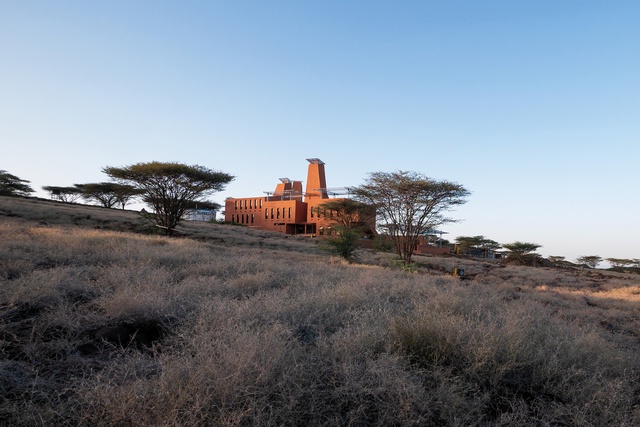
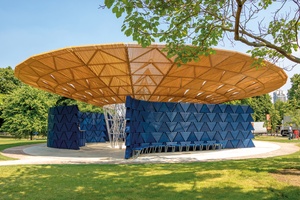
Further projects show Kéré’s foray into regional and international work — from the termite-mound inspired ventilation features of Startup Lions Campus, an information and communications technologies school in Kenya, to the preciously treated timber pavilion of Xylem, Montana. The 2017 Serpentine Pavilion in London shows the architect utilising his ‘best dressed’ traditional colours, in a circular formed, indigo-blue timber screen, paired with an intricately screened timber roof. At its centre, it was revealed that the children’s slide subtly doubled as a scale model of the upcoming Burkina Faso National Assembly project.
From this segue, we witness an upscaling of projects to those of national significance. The Benin National Assembly embodies the Palaver tree, a West African tradition of customary gatherings under the shade of a tree for consensus decision-making and conflict resolution. Initially, this concept was viewed as “primitive and backward”. But, upon seeing Kéré’s sophisticated and modern architectural adaptation — a monumental structure of intricacy, placed within a lush, landscaped public domain — the leadership was impressed. The regionally derived concept is sure to be a source of self-confidence and public appreciation. Finally, and back to Burkina Faso where it all began, is Mausoleum Thomas Sankara, a project to create “the last resting place of a hero”.
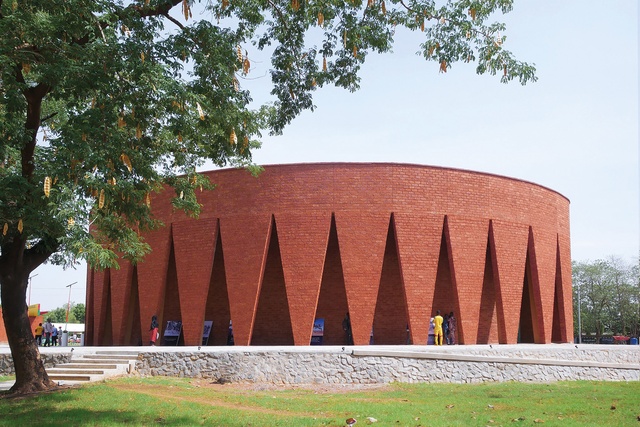
As Kéré recalls on the importance of such a project: “you cannot say no.” Sankara was the assassinated national liberationist and Pan-African President who renamed the country Burkina Faso, meaning ‘land of upright people’, to instil a sense of independence and pride in its people, in place of the country’s colonial past. A circular form of laterite and compacted clay blocks – local materials about which Kéré previously struggled to gain the confidence of clients – are now celebrated in this national building project. And with those materials come the expertise of the tradespeople from Kéré’s earlier projects.
Kéré, born in Burkina Faso and educated in Germany, embodies a mood emerging in the Global South of open-minded learning from Western developed nations, studying what works and ingeniously adapting those lessons to local conditions. This, as we can see, creates new forms of knowledge and know-how; here in Aotearoa, we are increasingly better off for tuning in and learning from these, too. After all, when our societies are faced with multiple crises — energy transition, climate adaptation, housing, infrastructure, economic planning, or issues of social cohesion — we have much to learn from the developmental mind-set of developing nations.
Finally, I’m left pondering an afterthought. What would it take for Aotearoa to produce a Pritzker prize-winning architect? This would require great synergies between the various strands of the discipline across education, discourse, professional bodies and industry to create talent and opportunities. The challenges facing us today are many and so then must be the opportunities for our upcoming architects

